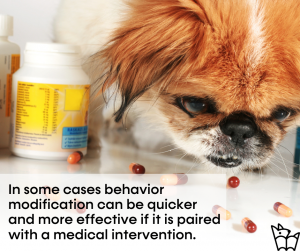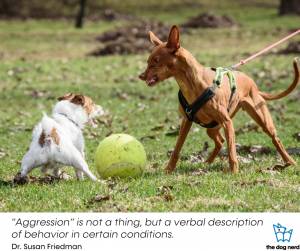Since we’re talking about aggression, I have to tell you about our rats. We’ve had the older trio for a year now and the young once arrived in the beginning of March. They could move into a shared cage after two weeks and during that time we had opportunity to observe plenty aggressive behaviors (see video below).
The truth is that we know very little about the social life of rats. And whatever we do know is not 100% applicable to our situation because they looked either at wild rats, or laboratory rats. At the moment we have 6 rats and while we do let them out to roam for 2-3h a day, their territory is much more limited and they live in a much smaller group than wild rats.


